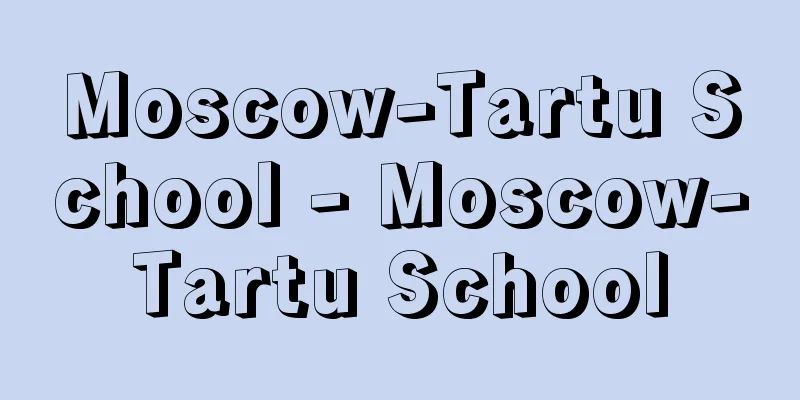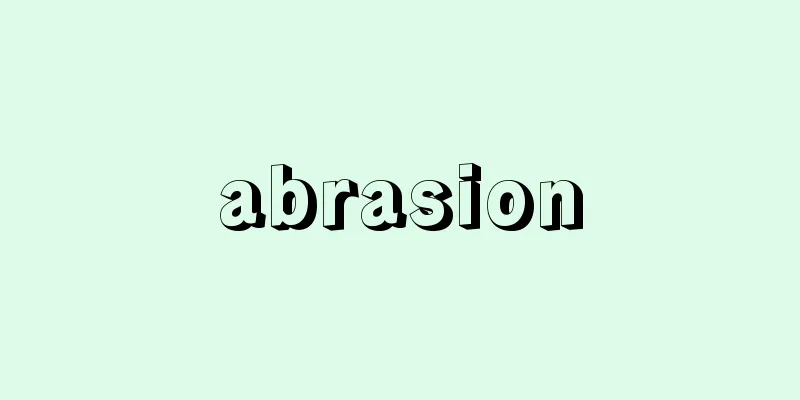Moscow-Tartu School - Moscow-Tartu School

|
A group that has been developing semiotics since around 1960 in the Soviet Union. With the development of structural linguistics and information theory, and the reevaluation of Russian formalism as a backdrop, scholars from Moscow and Tartu gathered in Kaarik, Estonia for the first summer workshop (1964), and the main forum for publishing their work was the Tartu University journal "Collection on Semiotic Systems." This is why they were initially called the Tartu School. Their theoretical distinctive feature is that they position religion, myth, folklore, art, literature, etc. as "secondary modeling systems" based on language. Source: Heibonsha World Encyclopedia, 2nd Edition Information |
|
ソ連邦で1960年前後より記号学を展開している集団。構造言語学や情報理論の発達,ロシア・フォルマリズムの再評価などを背景として,モスクワとタルトゥの学者たちがエストニアのカアリクで一堂に会した第1回夏期研修会(1964)をきっかけとして,タルトゥ大学紀要《記号体系論集》をおもな発表の場としていく。当初,タルトゥ学派とも呼ばれていたゆえんである。その理論的特徴は,宗教,神話,フォークロア,芸術,文学などを,言語を基礎とした〈第2次モデル化体系〉として位置づけている点にある。
出典 株式会社平凡社世界大百科事典 第2版について 情報 |
>>: Grand Duchy of Moscow (Moskovskoe Velikoe Knyazhestvo)
Recommend
Kinjo (person's name) - Kinjo
…Eclectic school of historical inquiry. His name ...
Trakai (English spelling)
A town in southeastern Lithuania. It is located ab...
Ritualization
This refers to the process in which a certain beha...
Nicaea (English spelling)
An ancient city in Bithynia, located in western Tu...
Aoyama
[1] 〘 noun 〙① A mountain covered with lush trees a...
Hayamizudai ruins - Hayamizudai ruins
An important Paleolithic and early Jomon archaeol...
Transmission capacity - Sodenyo-ryo (English spelling)
This refers to the maximum transmission power that...
General Education - Ippankyoikugaku
…Thus was born the German speculative pedagogy th...
Muḥammadzai (English spelling)
…After him, the throne was passed down from fathe...
firn line (limit) (English)
…A line that connects the lower limits of snow ac...
Motacilla alba leucopsis (English name) Motacillaalbaleucopsis
…[Hiroshi Hasegawa]. … From the White Wagtail … W...
Dormition Cathedral (Moscow) - Usupenskii-seido
...The Kremlin took on the form we see today betw...
Shop lease - Tanagari
A term used by the subjugated classes in early mod...
Geiger-Nuttall's law
This law states that when a nuclide belonging to a...
Nieuwe Tydinghen (English spelling)
...This process corresponds to the spread of mova...







![Daimon [town] - Daimon](/upload/images/67cc1ad458b70.webp)
![Yoshina [Hot Spring] - Yoshina](/upload/images/67cd1a05e5a66.webp)
